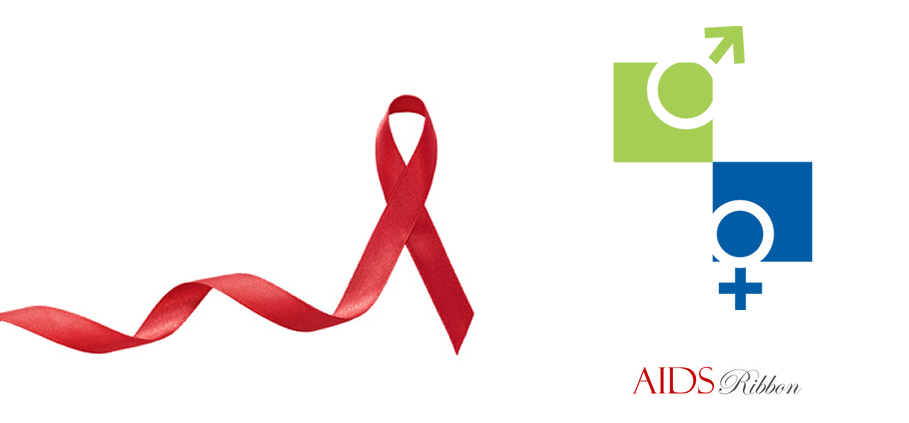Latest News
HPV and Malignancy in Men
Anastasios D. Kalantzis, Surgeon Urologist-Andrologist
ΗPV (Human Papilloma virus) is a highly widespread sexually transmitted virus, which many people consider synonymous to “warts” (or condylomata), a type of HPV. In essence, we use the term to describe bulges-lumps that are observed on or around the genital organs or the perianal area or the urethra in men and women and vary in size. They may look like a small cauliflower or they may be flat and barely visible, and develop in humid areas. In women they usually develop in the vagina, the uterine cervix, the rectum and the thighs. In men, respectively, they are observed in the foreskin or the preputial canal glands, inside the outer mouth of the urethra or even inside the urethra, the penile body or the scrotum. They may also appear in the perianal area and the rectum (most usually in homosexual men). Very rarely warts develop on the lips or larynx after oral sex with an infected person. Warts, or condylomata, are usually painless, but they can occasionally have complications such as pruritus (itching) or bleeding, mainly when irritated.
Circumcised men have lower risk of being infected by HPV. Good hygiene and cleaning of foreskin and penis, use of condom, the reduced number of seual partners, monogamy and circumcision are the factors that reduce the risk of HPV infection to men and consequently to women.
The virus may exist in the human organism for years before it is manifested or diagnosed. The latency period (the time between infection and manifestation of symptoms) vary from weeks, at least one month, to 3 months. Sometimes it may even manifest two years later, and that depends on the condition of the immune system of the infected person. Early diagnosis is more difficult in men, as there is no diagnostic test equivalent to Pap test for women.
A percentage of infected women may present cellular changes in the uterin cervix which can, in time, lead to cervical cancer. Persistent infections with dangerous HPV types may cause intra-epithelial neoplasia of the cervix (CIN), the vulva (PIN) and the anus (AIN). These are precancerous lesions that may progress to cancer.
There is no cure for the virus, there are, however, various therapeutical approaches. The selection of the appropriate method will be made by the doctor, based on the spread of the infection, the location of the condylomata and other factors that concern the specific patient. Regardless of which method will be finally selected, a reexamination in a short period of time is imperative.
It must be made clear that even after the treatment of the symptoms the person is still a carrier of the virus, only the symptoms have been treated, and therefore they must take the necessary protective measures in order not infect other people with whom they will have sexual intercourse. According to Disease Control Centers, condoms lower the risk of HPV infection if used regularly and properly, but HPV may infect also areas that condom does not cover.
Of great interest is a study conducted among students in the USA the results of which showed that within 2 years from the research starting date the frequency of new HPV infections was 62% for male and 43% for female students. Numbers say that 26.8% of women between 14 to 59 years of age have been infected by at least on HPV type.
According to “New England Journal of Medicine”, 60% of the female students got infected by HPV until their 3rd year in University. International statistics and studies refer that approximately 75% of the sexually active population has been infected with some HPV type.
Anna Juliano and her colleagues in the H. Lee Moffit Cancer Center and Research Institute in Florida,, USA, studied the HPV infection percentages in more than 1,100 men between 18 to 70 years of age in the USA, Brazil and Mexico and report that “we found out that there was a large percentage of men, approximately 50%, infected by HPV” (the study was published in the medical journal “The Lancet”). It is also significant that the HPV infection rate of men is corresponding to the infection rate of women. The researchers also observed that 6% of men are infected with HPV type 16 every year. This is a type that has been proven to cause cervical cancer in women and mouth cancer in men, as well as other types of cancer.
The Cancer Center in Arizona, USA, reports that approximately one out of four heterosexual men has had anal infection with HPV, while 1/3 of them carries a type which can cause cancer. The research, in which 222 men participated, showed that 16.6% who had been infected by HPV in the rectanal canal (where they manifested cancer) and 21.3% in the perineal area.
HPV infections (condylomata acuminate) are observed usually in the glans penis, the skin, the foreskin and the outer mouth of the urethra. In the 5% of the patients with localized infection in the urethra, there is also spread in the prostatic urethra. Spread of the infection in the urinary bladder is exceptionally rare and treatment quite difficult.
Bowen’s Disease (intra-epithelial neoplasia) in men, in combination with HPV, increases the risk of their female sexual partners developing cervical cancer.
HPV types 16, 18, 31, 33, 35 and 39 are highly correlated with malignancy. Penile carcinomata are rare and are usually observed in men over 40 years of age. Recently we have reached the conclusion that patients with history of penile injuries or trauma and sexually transmitted diseases, especially HPV, are highly predisposed to developing pre-cancerous conditions such as xerotic balanitis obliterans, penis leukoplakia, Queyrat erythroplasia, Bowen’s Disease – squamous cell carcinoma in-situ and the Buscke-Lowenstein giant condylomata acuminata or tumors.
Today, vaccination against HPV is performed in 116 countries all over the world. Countries such as France, Germany and Belgium apply organized and systematic vaccination, and as a result a large part of the population has already been vaccinated.
In Australia, in only one year from initiation of massive vaccination, there was significant reduction (approximately 50%) in genital condylomata infections.
Clinical studies of HPV vaccines present impressive effectiveness, approaching 100% for all diseases of the genital system. According to the European Committee suggestion which has been adopted by member-states such as Greece, the vaccine is provided to girls and women between 10-25 years of age. As regards boys, there is no specific recommendation for their vaccination, although the latest data show that it would be a wise movement towards the protection of the public health.




